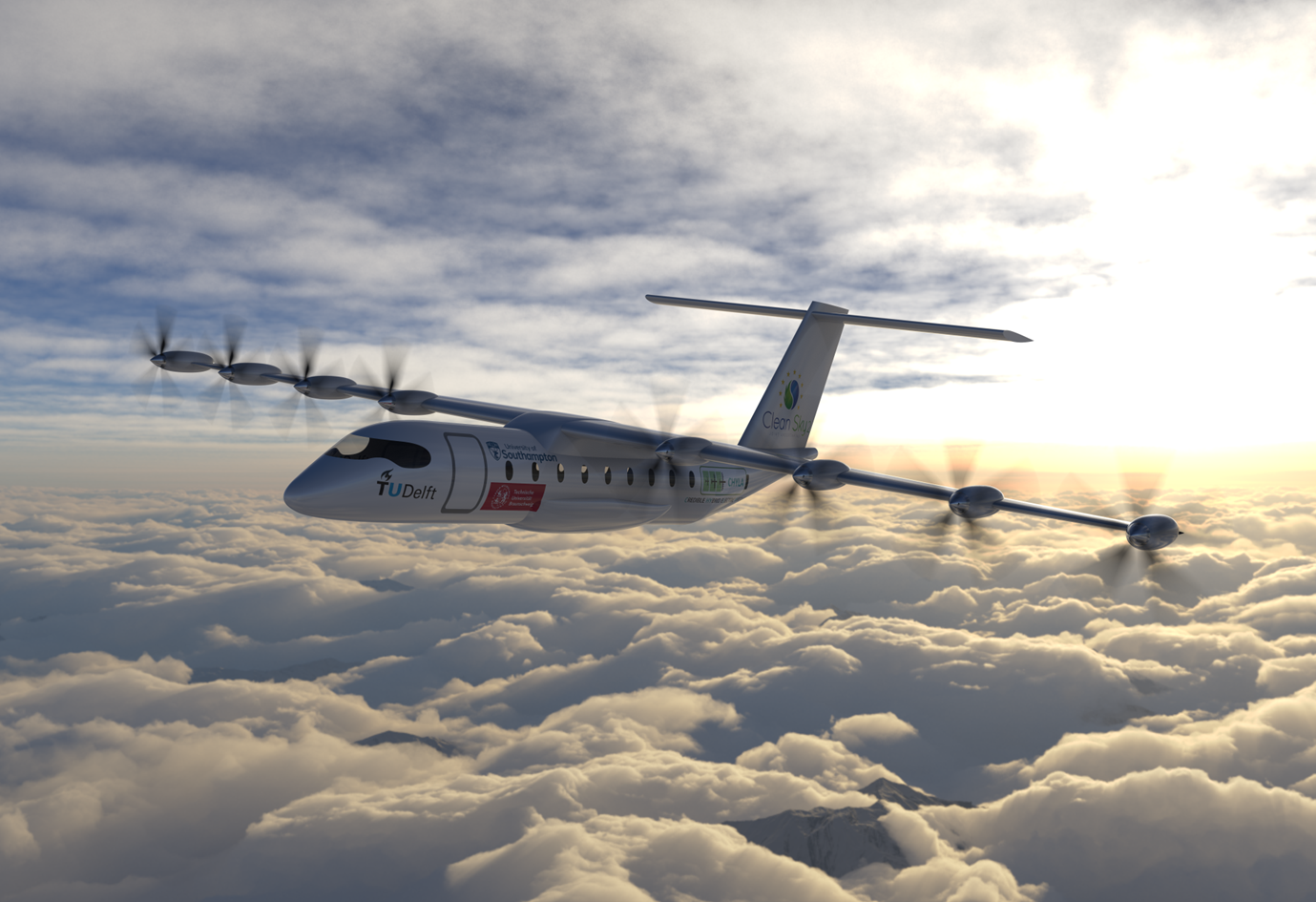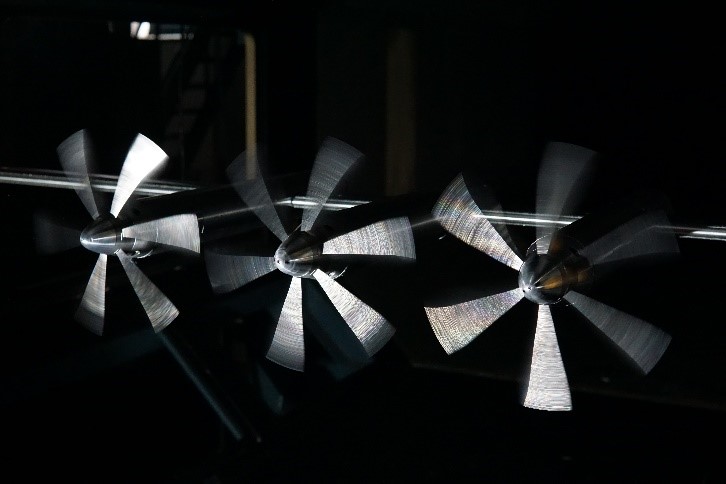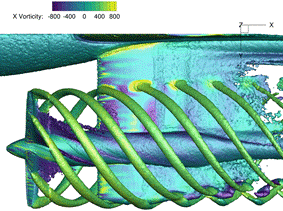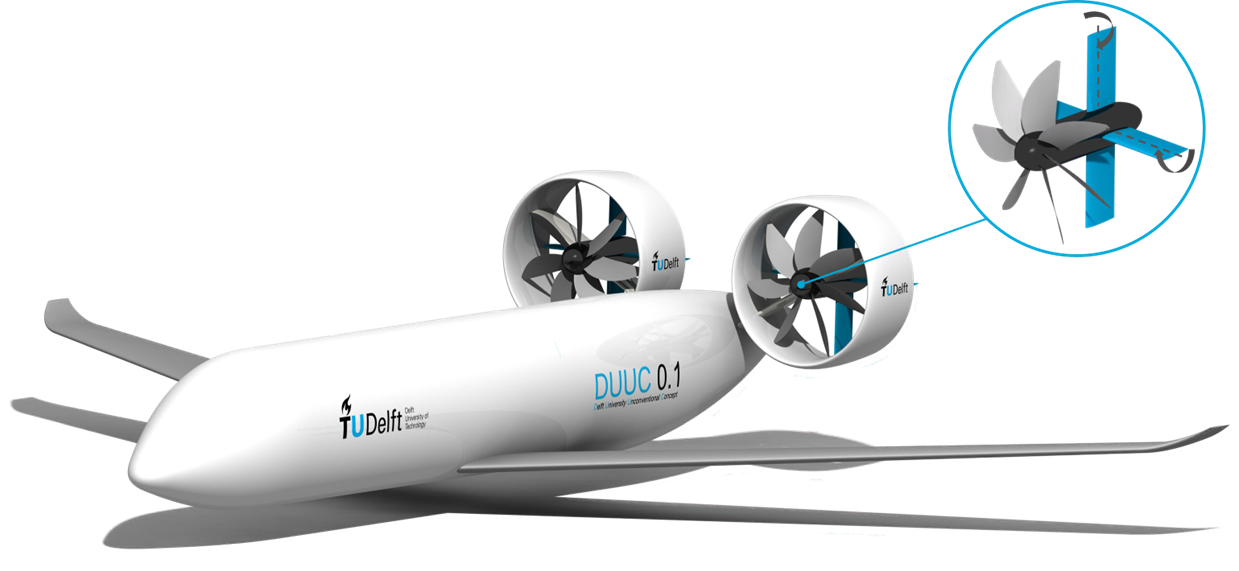Flight Performance and Propulsion
Coupled aircraft design and strategic airline planning
The need for reducing aviation emissions is ever increasing. Often, research in this field involves novel propulsion systems and energy carriers. However, what is the effect of integrating novel propulsion systems and energy carriers on aircraft performance? Once we have obtained such a design, the next question arises: how does a such an aircraft perform inside a fleet or airline network of similar or even different aircraft? This research focuses on these questions. At Flight Performance and Propulsion we try to address the impact of novel technologies on aircraft and network level in terms of performance (together with Air Transport and Operations section) and climate impact through “coupled aircraft design and strategic airline planning”.
This research is enabled through multidisciplinary design analysis and optimization (MDAO). How can we efficiently couple aircraft design and strategic airline planning? What couplings should be considered and how can this be done efficiently? Therefore, a close collaboration between aircraft design research and MDAO research is required.
Contact

Dr.ir. M.F.M. (Maurice) Hoogreef
Assistant Professor
✉ M.F.M.Hoogreef@tudelft.nl
Propulsion integration
Effective integration of efficient engines with the airframe is crucial to maximize aircraft performance and minimize noise emissions. Especially for future aircraft concepts with (hybrid-)electric propulsion, more flexible propulsion integration can be achieved compared to traditional aircraft designs. This should be exploited to enable performance benefits at aircraft level to improve vehicle energy efficiency. Therefore, propulsion integration is an important topic in the development of more sustainable aircraft.
Within Flight Performance and Propulsion, we work on the aerodynamic and acoustic integration effects of advanced propulsors integrated with the airframe. The goal of the investigations is to improve physical understanding of the complex flow phenomena involved with these propulsor-airframe interactions, and provide modelling predictions that can be used in aircraft sizing processes. The work focuses on propeller propulsion technology, considering its high efficiency and suitability for integration with electric propulsion systems. Researchers, PhD candidates, and students involved in the work perform experiments in the faculty’s various wind-tunnel facilities using powered propeller test rigs and advanced measurement techniques, while also CFD tools are applied for numerical evaluations.
Contact
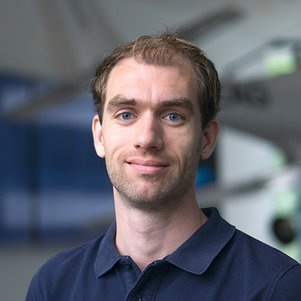
Dr.ir. T. (Tomas) Sinnige
Assistant Professor
✉ T.Sinnige@tudelft.nl

Prof.dr.ir. L.L.M. (Leo) Veldhuis
Chairholder Flight Performance
✉ L.L.M.Veldhuis@tudelft.nl

Prof.dr.ing. G. (Georg) Eitelberg
Emeritus Professor
✉ G.Eitelberg@tudelft.nl
Flight mechanics
Flight Mechanics research at the Flight Performance and Propulsion group is focused on mainly three topic areas:
- automatic generation of multi-fidelity models for flight simulation
- simulation-based design optimization for controllability and handling qualities
- trajectory optimization in realistic operational scenarios
The research work integrates the inputs provided by aero-propulsive analyses (in the form of synthetic/experimental datasets or methodologies) to produce complete, consistent model- or knowledge-based flight mechanics models that are able to fly in a simulated environment.
This fundamental approach enables the assessment of the performance of both conventional and unconventional aircraft configurations, with fixed or rotating wings at different stages of the design/analysis process.
Application areas include fixed-wing aircraft featuring interacting control effectors and/or distributed propulsion, (multi-)wing systems with redundant control surfaces, and (multi-)rotor aircraft for Advanced Air Mobility.
Typical metrics of interest include fuel/energy consumption over different mission phases, handling qualities, optimal management of flight parameters in complex wind scenarios, acoustic footprint.
Contact

Dr. C. (Carmine) Varriale, MSc
Assistant Professor
✉ C.Varriale@tudelft.nl
